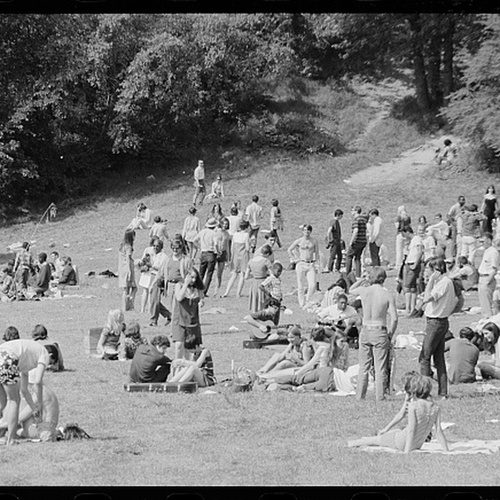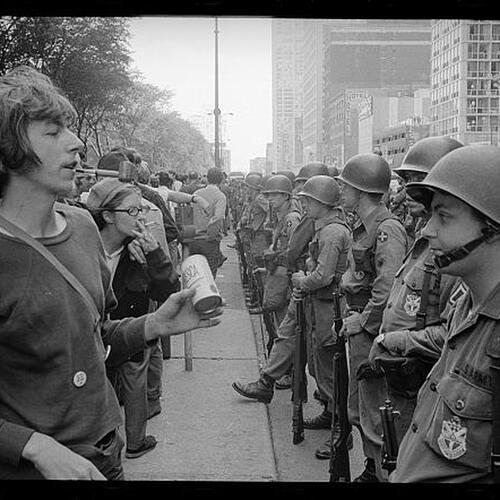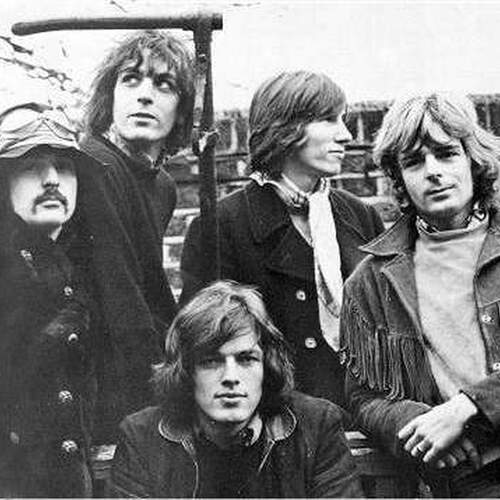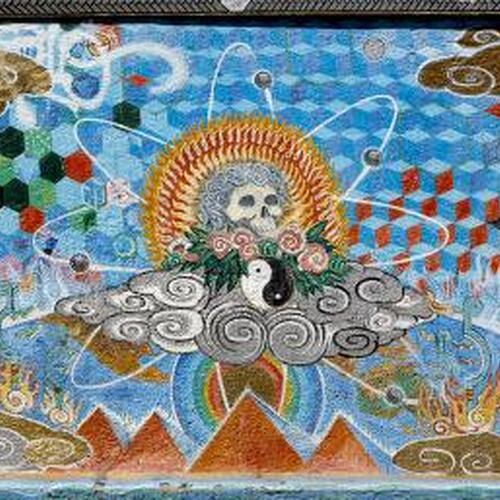Youth Hippie Movement

A gathering of young people from the hippie movement on a grassy field at P Street Beach in Washington, D.C., on May 28, 1967. They are dressed in the characteristic styles of the hippie movement, seen relaxing, socializing, and embodying the free-spirited, communal vibe of the 1960s. This scene reflects the ethos of the countercultural movement, emphasizing peace, unity, and a rejection of traditional societal norms.

The act of draft card burning, which became a symbolic gesture of defiance during the countercultural movement. This act aligned with the hippie movement's emphasis on peace and highlighted moral and ethical objections to the Vietnam War, encapsulating the spirit of resistance against militarism and oppression.

A 1968 moment from the Democratic National Convention in Chicago, capturing the tense standoff between anti-war protesters and military personnel. This iconic image symbolizes the era’s deep political and cultural divisions, showcasing the counterculture’s defiance against institutional authority and its alignment with peace and anti-war ideals.

Pink Floyd, known for their experimental soundscapes and thematic explorations of consciousness and societal critique. This image represents their role in using music as a means of challenging traditional norms and inspiring self-reflection among their audience. Their albums, such as The Piper at the Gates of Dawn and Dark Side of the Moon, embodied themes of liberation and exploration of the human mind, serving as cornerstones of the countercultural movement.

The Grateful Dead, a band very involved with the countercultural movement. Their music was characterized by improvisational live performances, which fostered a sense of community and freedom. Beyond music, the band actively participated in movements promoting peace, environmental awareness, and the psychedelic experience. Their concerts became gathering points for individuals seeking to reject societal constraints in favor of a more harmonious and connected existence.

This mural embodies the spirit of the Haight-Ashbury district, the heart of the 1960s hippie movement. Its vibrant imagery—featuring cosmic symbols, a yin-yang, and psychedelic patterns—reflects the era’s fascination with spirituality, Eastern philosophy, and the exploration of altered consciousness.

